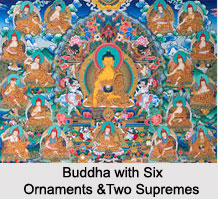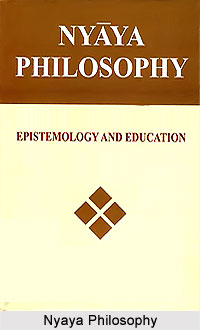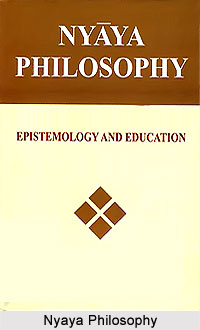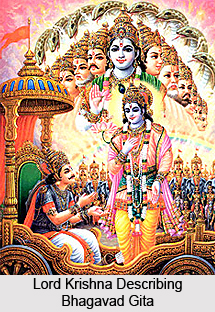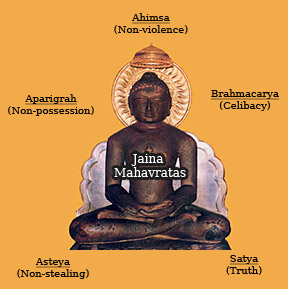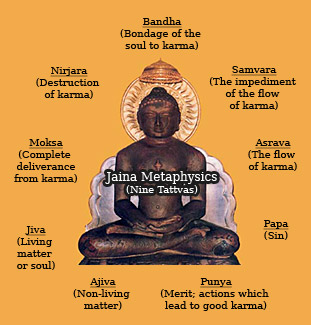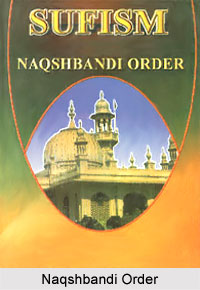 Naqshbandi Order was named after Khwaja Bahaudin Naqshband, one of the greatest personages of the dervish school called Khajagan (`Masters`). Naqshbandi Order is considered to be one of the most prominent orders among the Sufi Orders. It rose in Central Asia and greatly influenced the development of the Indian and Turkish empires. The Sufi saints of the Naqshbandi Chain are also known as the `Designers` or the `Masters of the Design`. The Order also gave rise to many specialist schools, which adopted individual names and according to many scholars, the Naqshbandi Order is the earliest of all the mystical `chains of transmission`.
Naqshbandi Order was named after Khwaja Bahaudin Naqshband, one of the greatest personages of the dervish school called Khajagan (`Masters`). Naqshbandi Order is considered to be one of the most prominent orders among the Sufi Orders. It rose in Central Asia and greatly influenced the development of the Indian and Turkish empires. The Sufi saints of the Naqshbandi Chain are also known as the `Designers` or the `Masters of the Design`. The Order also gave rise to many specialist schools, which adopted individual names and according to many scholars, the Naqshbandi Order is the earliest of all the mystical `chains of transmission`.
Naqshabandi silsila gained momentum in the last years of Akbar`s reign, with the arrival of its prominent leader, Khwaja Baqi Billah (1563-1603) in Delhi from Kabul. Of all the Sufi orders, it was the nearest to orthodoxy and tried to counteract the liberal religious policies of Akbar whom they considered a heretic. The death of Abul Fazl provided Baqi Billah with the desired opportunity and he was able to bring under their influence some powerful nobles such as Akbar`s foster brother, Mirza Aziz Koka, Shaikh Farid, the Bakshi, Qilich Khan, Governor of Lahore, and even the liberal-minded Abdur Rahim Khan-i-Khanan. The movement reached its climax under the leadership of Shaikh Ahmad Sirhindi (1564-1624), the most distinguished disciple of Baqi Billah. He was strongly in favour of following the Shariat in practice and spirit. He did not agree with the Chishtis that the saints should keep aloof from the court and the king.
However, it was Khwaja Bahaudin Naqshband who revived the original principles and practices of Sufism. He spent seven years as a courtier, seven years for looking after animals and another seven years in road-building. The saints and philosophers of Naqshbandi Order enjoy the authority of initiating their disciples into all the other Orders of dervishes. The scholars could not reveal much of the history of the Naqshbandi Order, as the saints of this Order never publicly adopted any distinctive dress. As a result, identifying the members has always been a difficult task. Some of the scholars consider the Naqshbandi Order to be a "sober" Order. The Order is mainly known for its silent dhikr (remembrance of God) rather than the vocalized forms of dhikr common in other orders.
One of the most notable things about Naqshbandi Order is that it is the only Order in Sufism that claims to trace its spiritual lineage (silsilah) to Prophet Muhammad through Abu Bakr, the first Caliph. On the contrary, most of the other Orders trace their lineage to Muhammad`s cousin Ali, and the son-in-law and the Fourth Caliph. The meaning of the word Naqshbandi is something "related to the image-maker". Some scholars also consider the word to mean "patternmaker" rather than "image maker", and interpret "Naqshbandi" to mean the "Reformer of Patterns". However, there are some others, who consider it to mean "Way of the Chain" or "Golden Chain".
The Naqshbandi School is actually the easiest and simplest way for the spiritual seekers to understand the philosophy of Sufism. The Naqshbandi School urges its followers to seek a state of complete worship of Allah both publicly and privately. The school also asks the followers to do so by keeping the complete code of conduct of the Prophetic Sunnah. The school actually encourages the people to keep to the strictest modes of worship (cazima) and to abandon exemptions (rukhsa), as well. The Naqshbandi Order is free from all innovations and deviations and it does not demand of its followers` perpetual hunger or wakefulness. Through this way, the Naqshbandi Order has successfully managed to remain free from the excesses of the ignorant and the charlatans (mushacwazan). The followers of the Naqshbandi Order claim that the Order is the safest, wisest, and clearest way and it is also the purest drinking-station, the most distilled essence.
According to the Sufi saints of the Naqshbandi Order, each perfected man is in a sense the same as the other. They said that if a disciple is correctly attuned through the energy of the School, he can come into communication with all the Great Ones, just because they are also in communication with each other, across time and place. Naqshbandi Order has actually renewed the substance of the tradition of the Ancients. All the duties and practices of the Naqshbandi Order collectively form one whole that is the Truth, the manner of teaching and the participants form one hand. In this hand, the ignorant may see only the dissimilarity of the fingers, but not the combined action of the hand itself. The Sufi philosophers of the Naqshbandi Order have repeatedly said throughout the dervish literature that they are not concerned with the people`s religion or even with the lack of it. They said that the main goal is the refinement of man and this is the common aim of the inner teaching of all the faiths. According to them, there is always a tradition handed down by a living chain of adepts, who select candidates to whom to impart this knowledge, for accomplishing it.
Naqshbandi Order has been divided into several sub-orders by the course of time and most of the sub-orders are still in existence. In fact, there is no single authority for the Naqshbandi order today and all the sub-orders operate in autonomy. The most important of the sub-orders include the likes of Sardaria, Owaisiah, Haqqani, Aslamiya, Hijazi, Mujarradiya, Maqsoodiya and Tauheedia. The Sub-orders have actually altered their ways for suiting the needs of the different communities and hence became Naqshbandi Mujadidiah. The most notable sub-orders or branches of the Naqshbandi Order are as follows: Naqshbandi Maqsoodi; Naqshbandi Mujaddidi; Naqshbandi Tahiri; Naqshbandi Owaisiah; Naqshbandi Haqqani Golden Chain; Tauheedi Naqshbandi and Naqshbandia Aslammiya.



